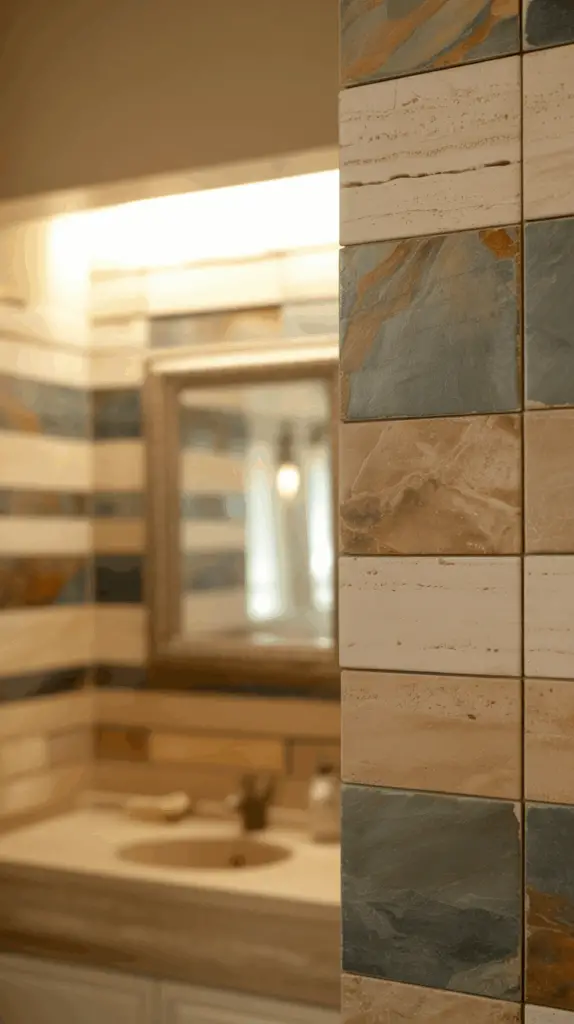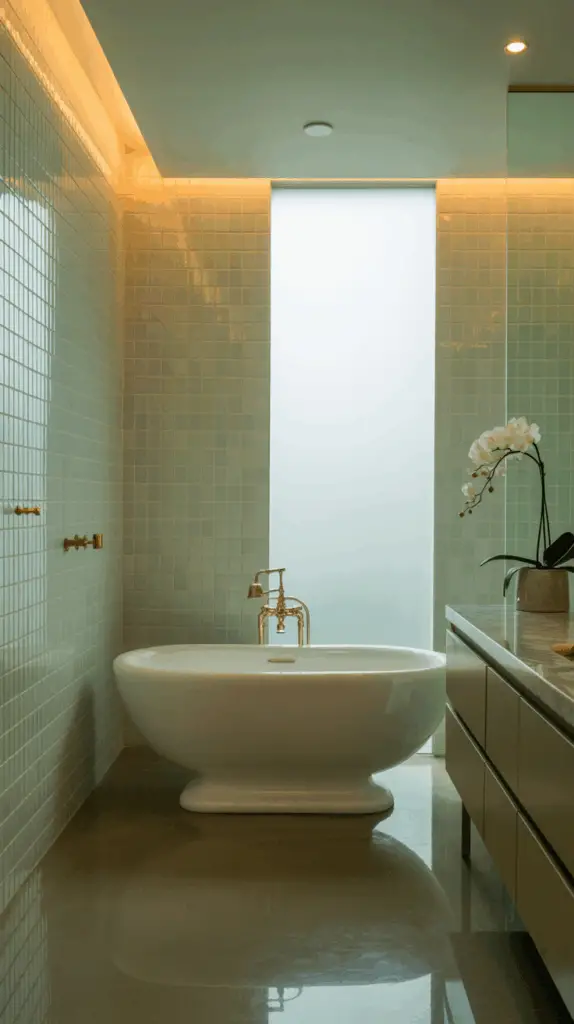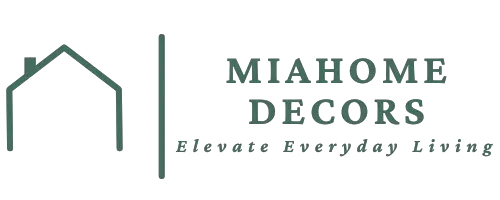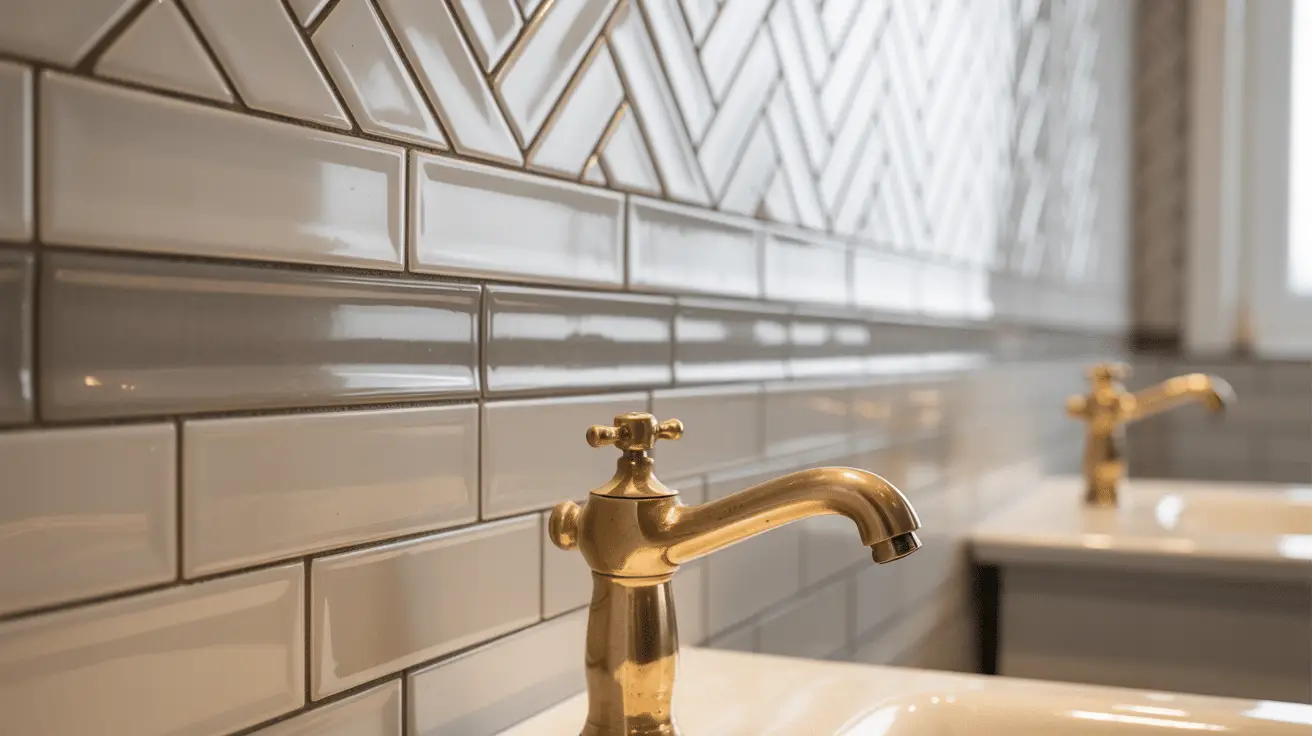Bathroom Wall Tile Design Ideas That Make Any Bathroom Look Custom and Luxurious
Table of Contents
Why Bathroom Wall Tile Design Can Instantly Upgrade Your Space
There’s something instantly transformative about tile. Whether it’s a spa-like retreat or a bold design statement, the right bathroom wall tile design can take a standard room and make it feel entirely custom. According to the National Association of Home Builders, bathroom remodels consistently rank among the top projects for return on investment—especially when style meets function.
But you don’t need a complete renovation to get that high-end, tailored look. Wall tile alone—strategically selected and beautifully applied—can create the illusion of a designer bathroom. From dramatic feature walls to subtle texture shifts, tile design plays a central role in defining the mood, aesthetic, and feel of the space.
This guide explores creative, practical, and elegant bathroom wall tile design ideas that bring out the best in any bathroom—large or small, modern or traditional. We’ll cover trending styles, unique layout patterns, color pairings, and smart use of materials to help you achieve a space that feels luxurious and made just for you. Whether you’re designing from scratch or looking to upgrade with intention, these ideas will help you build a bathroom that feels not just updated, but deeply personal.
Playing with Pattern: Beyond the Classic Subway Tile
Subway tile is timeless for a reason—but it’s far from the only pattern that can elevate your bathroom. Choosing an unexpected tile layout can instantly set your space apart, making it feel bespoke and thoughtfully designed. It’s not always about what tile you use, but how you use it.
Herringbone and chevron patterns add movement and visual interest to an otherwise minimalist tile. Stack bond (where tiles are stacked directly on top of each other) gives a modern, grid-like effect perfect for contemporary bathrooms. Meanwhile, diagonal or vertical layouts can make a small space feel larger by guiding the eye upward or outward.
Mixing patterns is also an advanced but effective technique. Pair a classic running bond on one wall with a herringbone feature in the shower niche. This subtle contrast creates depth without chaos. Always keep grout color in mind—it can either blend for a seamless look or contrast for bold geometry.
Pattern Styles and What They Add to the Space
| Pattern Style | Visual Effect | Best For |
| Herringbone | Adds movement and subtle luxury | Feature walls, shower niches |
| Stack Bond | Clean, minimal, structured | Modern bathrooms |
| Running Bond | Classic, traditional feel | Full wall applications |
| Chevron | Bold and directional | Statement walls |
| Diagonal | Dynamic, space-expanding | Small or narrow bathrooms |

Natural Stone and Textured Tiles for an Organic Feel
Incorporating natural materials is a growing trend in bathroom design—and for good reason. Textured wall tiles, especially in natural stone finishes, add depth, luxury, and timelessness. Whether you prefer the rustic elegance of slate or the refined veining of marble, natural textures can transform your bathroom into a spa-like retreat.
Travertine, limestone, and tumbled marble offer warm, earthy tones that create a calming atmosphere. These materials have subtle imperfections and variations that make every installation one-of-a-kind. For a sleeker but still organic feel, opt for honed stone or slate-look porcelain tiles, which combine durability with high design.
Textured ceramic or 3D tiles are another beautiful option. Rippled surfaces, relief patterns, or handcrafted finishes reflect light differently throughout the day and bring a tactile element to the room.
When working with texture, balance is key. Pair natural stone feature walls with smooth matte tiles on surrounding surfaces. Let one material take center stage to avoid overwhelming the space.
Visual Guide: Natural Tile Materials and Their Mood
| Tile Material | Texture Type | Mood Created |
| Marble | Smooth with veining | Elegant, high-end |
| Travertine | Honed or tumbled | Warm, natural, spa-like |
| Slate | Rough, matte | Earthy, grounded |
| Textured Ceramic | 3D relief or ripple | Contemporary, light-reflective |
| Limestone | Soft, chalky texture | Subtle, neutral, calming |

Tiling from Floor to Ceiling for a High-End Look
A simple way to give your bathroom a custom-designed feel is to tile from floor to ceiling. This creates a cohesive visual envelope that elevates even compact bathrooms into spa-worthy spaces. It’s a trick frequently used in boutique hotels and designer homes for its seamless, intentional aesthetic.
Floor-to-ceiling tile elongates walls and gives height to the room. It also serves as a practical moisture barrier, especially in smaller bathrooms or wet rooms where splashing is inevitable. For a dramatic effect, choose darker tile shades like deep emerald, navy, or charcoal. For something more ethereal, go with soft whites or pale greys in glossy finishes that reflect light.
Consistency is crucial. Use the same tile on all four walls for an immersive look, or tile three walls and leave one accent wall in plaster, wood, or paint for contrast. Another elegant option is to tile halfway up with a ledge and switch to wallpaper or paint above.
Consider the edge finish—schluter trims or rounded bullnose edges keep transitions clean and polished.
Benefits of Floor-to-Ceiling Tile Design
| Feature | Benefits |
| Height illusion | Makes ceilings feel taller |
| Seamless finish | Designer look, no visual breaks |
| Moisture resistance | Ideal for wet zones and steam-prone areas |
| Custom feel | Tailored and intentional design choice |
| Easy maintenance | Wipes down without staining or wear |

Using Color and Contrast to Personalize Your Tile Design
While neutral tones are the go-to in many bathrooms, color and contrast can be the very element that makes your wall tile design feel unique and custom. The key is restraint and intention—used well, color becomes a focal point, not a distraction.
One popular method is to choose a colored tile—such as blush, sage green, or navy—and pair it with neutral grout to keep the look grounded. Alternatively, white tiles with dark grout lines (like charcoal or black) emphasize the shape and pattern of the tile layout.
Contrasting textures or finishes can also serve as subtle ways to introduce dimension. Try pairing a glossy subway tile with a matte mosaic, or a patterned encaustic tile with plain field tile on adjacent walls.
If you want to keep color in check but still add personality, use it in smaller areas like a backsplash, shower niche, or decorative inset wall.
Color choice can also affect mood: greens and blues are calming and organic; blush and terracotta are warming and soft. Just remember to balance boldness with simplicity in surrounding elements.
Color & Contrast Combinations That Work
| Tile Color/Finish | Pair With | Resulting Style |
| Sage green matte | Cream grout, pale wood accents | Soft, natural, Scandinavian feel |
| White glossy | Charcoal grout, black fixtures | Bold, clean, geometric |
| Blush pink subway | Brass fixtures, marble counter | Romantic and refined |
| Navy ceramic | Warm white walls, wood vanity | Classic with depth |
| Patterned encaustic | Plain white adjacent tile | Eye-catching, eclectic touch |
Accenting with Niche Tiling and Vertical Inlays
Sometimes, the smallest areas make the biggest impact. Tiling a shower niche or adding a vertical inlay is a subtle yet sophisticated way to introduce detail and texture into your bathroom without overwhelming it.
A tiled niche inside your shower offers both functionality and flair. Use it as a canvas for mosaic or contrasting tile to draw the eye and define the space. Vertical inlays—slim strips of tile running floor to ceiling—are another designer trick, especially effective in narrow rooms. They create visual height and define zones without heavy partitions.
These accents allow you to indulge in more decorative or expensive tiles without committing to covering entire walls. They also help tie together different parts of the room—linking the shower design to the vanity or echoing floor tile up the wall.
Use trim pieces to cleanly finish off edges, and ensure transitions are flush and symmetrical for a high-end look.
Smart Accent Tile Placement Ideas
| Accent Type | Location | Design Effect |
| Shower niche | Inside shower or bath area | Adds detail and utility |
| Vertical inlay | Behind vanity, toilet, or towel bar | Creates height and visual division |
| Backsplash panel | Above sink or vanity area | Focal point that ties finishes together |
| Mosaic stripe | Mid-wall around room | Elegant band of contrast |
| Tile-framed mirror | Around bathroom mirror | Built-in and boutique-style feel |
Conclusion: Creating a Bathroom That Feels Fully Tailored
Your bathroom wall tile design can do more than protect your walls—it can define the atmosphere of the entire room. Whether you lean toward timeless subway tiles or textured natural stone, dramatic inlays or soothing floor-to-ceiling coverage, thoughtful tile design creates a sense of cohesion and intentional style.
It’s the fine balance between function and visual poetry that makes a bathroom look and feel custom. By layering materials, experimenting with pattern and scale, and choosing color with purpose, you turn everyday surfaces into design statements. The result is a bathroom that doesn’t just serve a purpose—but feels like a space made entirely for you.

